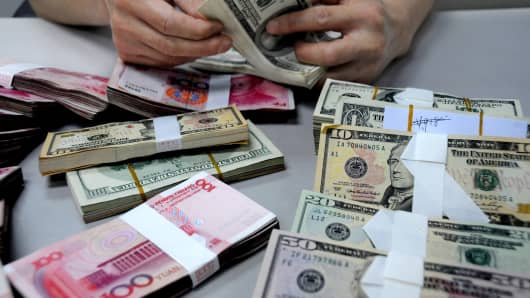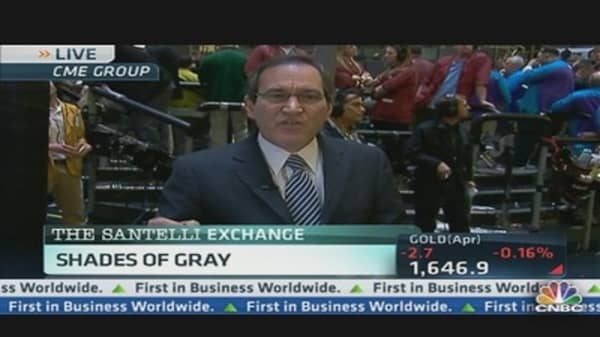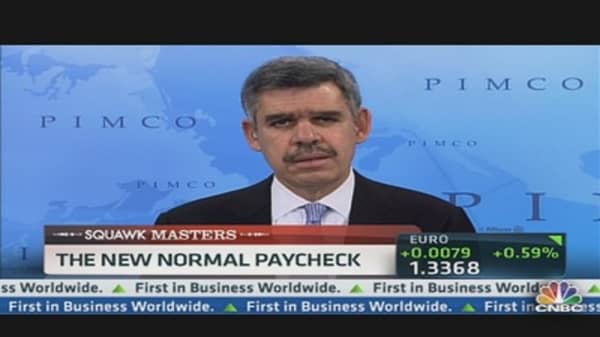Third, domestic and regional political realities translate into overly constrained macro policy approaches, placing an excessive burden on monetary policy, and thereby increasing the likelihood of collateral damage and unintended consequences (or what Federal Reserve Chairman Bernanke calls "costs and risks).
Given all this, it is not surprising that the G-7 statement did very little to dampen currency movements. I also doubt that the other likely short-term objective – that of pre-empting currency disagreements at Friday's G-20 meeting – will be fully successful.
For these reasons, investors should:
• expect currency volatility to continue,
• look for policy interest rate convergence to spread throughout the world (read: more emerging economies) as a larger number of central banks succumb to the Fed's approach, and
• expect equity investors to separate even more into two major camps when it comes to characterizing the future impact of unusual monetary policy activism: between those who have unfaltering blind faith in the effectiveness of central banks, and those who respect central banks but recognize that their policies' are becoming increasingly ineffective and that collateral risks/unintended consequences will mount.
Then there is the really complex, longer-term question – and one that I tried to address on Monday in a Financial Times column: The longer this regime of unusual central bank activism continues, the greater the bar bell in macro expected outcomes. The Fed-led global shift to expansionary monetary policy could help transition major economies from "supported growth" to "genuine growth." But it could also stress the global system to such an extent that it could cause significant fragmentation and breakage.
Neither historical experience nor analytical studies points convincingly to how the systemic effects will ultimately tip. In the meantime, look for more official statements that – almost inevitably – will likely fall somewhere between confused and incoherent.
(Read More: Has China Quietly Joined the Currency War?)
Mohamed El-Erian is the CEO and Co-CIO of Pimco, which oversees nearly $1.8 trillion in assets and runs the Pimco Total Return Fund, the largest bond fund in the world. His book, "When Markets Collide, " was a New York Times and Wall Street Journal bestseller, won the Financial Times/Goldman Sachs 2008 Business Book of the Year, and was named a book of the year by The Economist and one of the best business books of all time by the Independent (U.K.).





